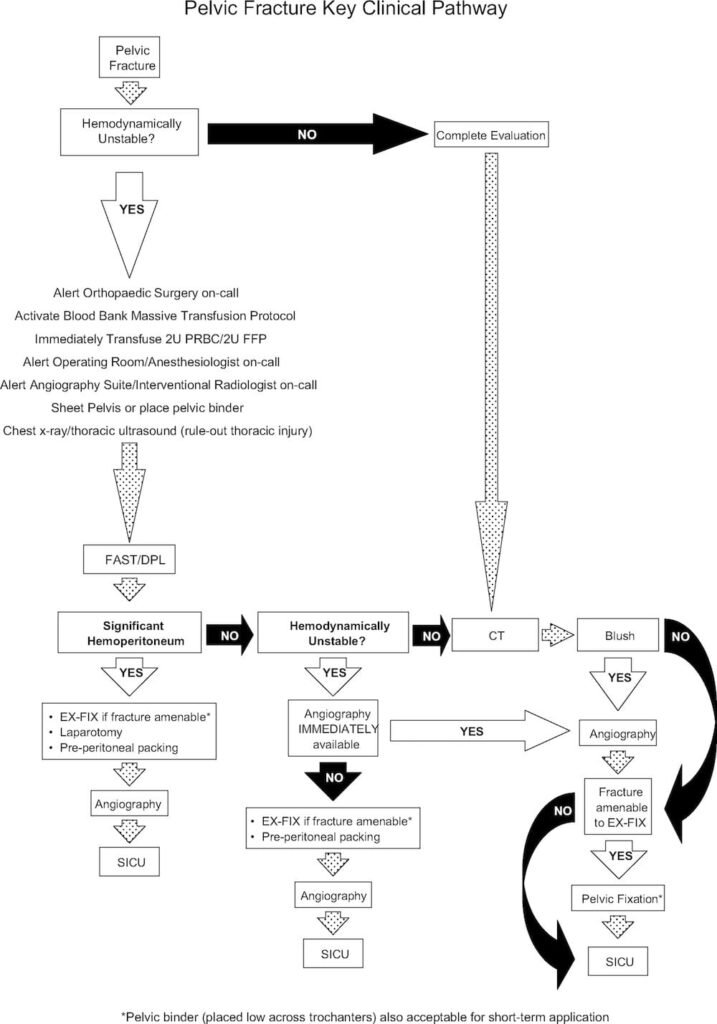This week’s VOTW is brought to you by myself!
A 72 year old female came in the ED after a FOOSH and suffered a distal radius fracture w/ dorsal angulation seen on x-ray. A POCUS was performed which showed…
Clip 1 shows the dorsal distal radius with sudden cortical disruption and dorsal angulation consistent with the fracture site. The probe marker is facing towards the hand. Clip 2 shows a hematoma block performed w/ ultrasound guidance- the needle is seen entering the fracture site precisely where the fragments meet. Reduction of the fracture was then performed once adequate analgesia was achieved.
Image 1 is prior to reduction. Image 2 is s/p first attempt at reduction. Unhappy with the alignment, reduction was attempted one more time resulting in Image 3 where the alignment is improved. Post-reduction x-rays were obtained, the patient was placed in a sugar-tong splint and discharged with orthopedic follow up.
POCUS for distal radius fractures
In a small study of 83 patients with distal radius fractures, POCUS was 98% sensitive and 98% specific for identifying the fracture when compared to x-rays. Sensitivity and specificity of POCUS ffor the need for reduction was 98% and 100% respectively (1).
While POCUS may not replace x-rays for the management of fractures, it can assist with procedural guidance for hematoma blocks and can evaluate for the adequacy of reduction in real-time rather than waiting for the x-ray tech to come around in between reduction attempts.
How to Identify a fracture
Use a linear high frequency probe
Visualize the distal radius in its long axis from multiple planes
Look for a disruption/angulation in the echogenic cortex
How to perform a ultrasound-guided hematoma block
Obtain 10ml of lidocaine drawn up in a syringe, connect it to a saline lock and an injection needle
Locate the fracture site using the linear probe
Advance the needle into the skin in-line with the probe and guide it into the fracture site
Have an assistant inject 10ml of lidocaine into the fracture site
References
Kozaci et al. Evaluation of the effectiveness of bedside point-of-care ultrasound in the diagnosis and management of distal radius fractures. American Journal of Emergency Medicine Volume 33, Issue 1, 2015, Pages 67-71
Happy Scanning!
Your Sono Team









